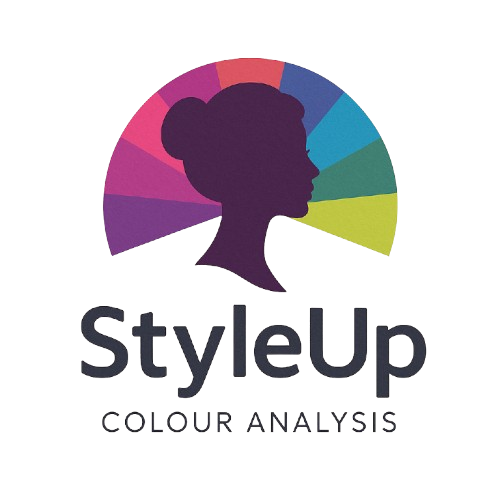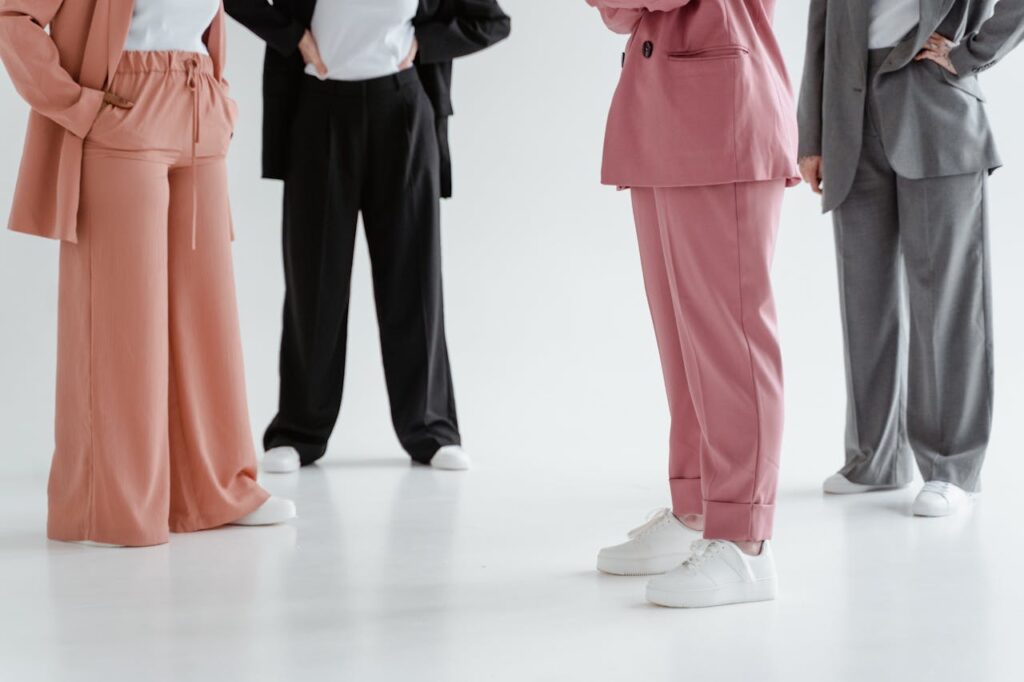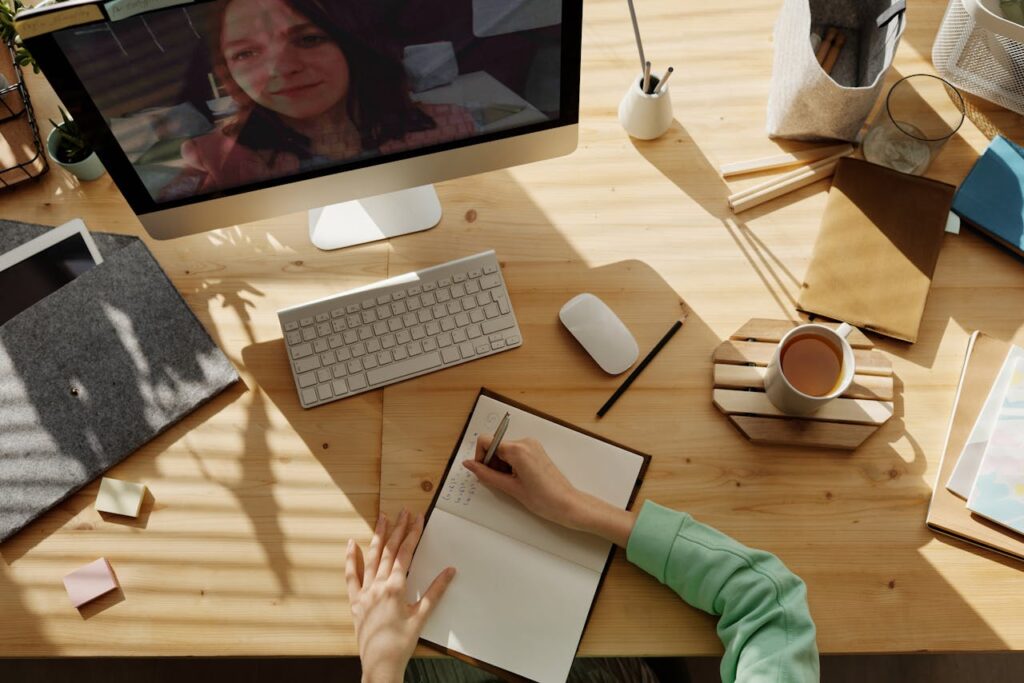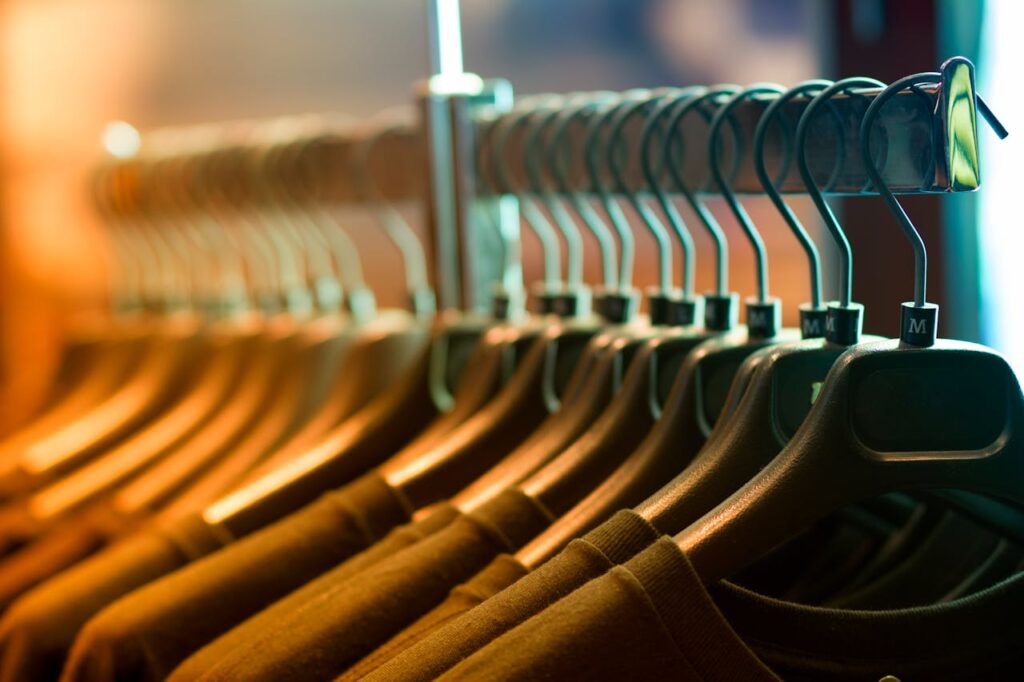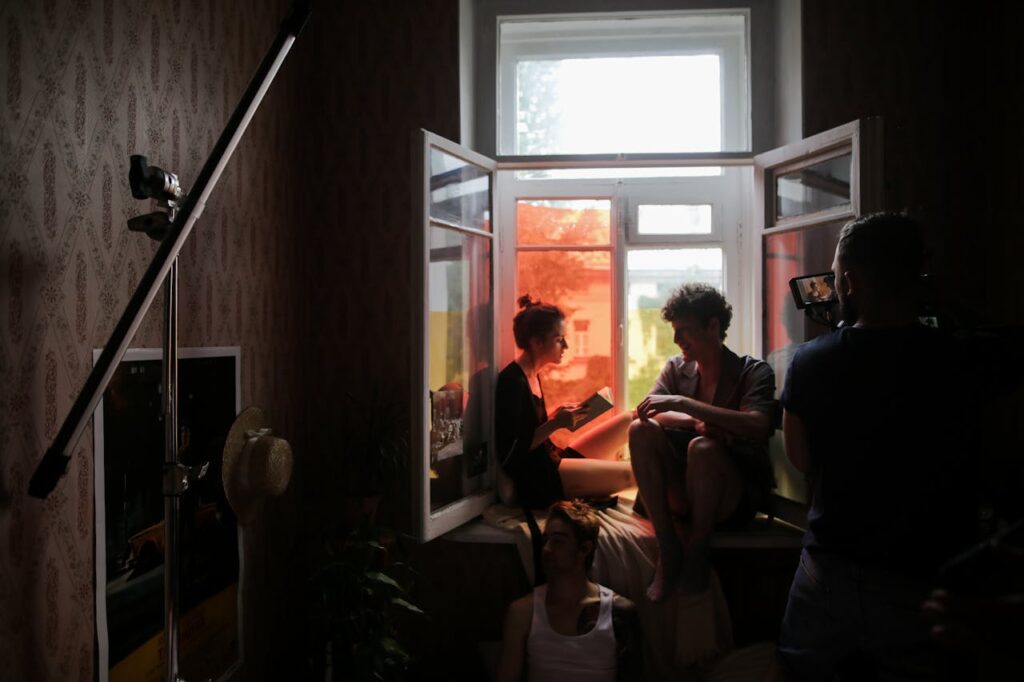Table of Contents
- Introduction
- What Is Personal Colour Analysis?
- The Link Between Colour and Confidence
- How Wearing the Right Colours Affects First Impressions
- Best Colours to Enhance Your Natural Features
- Real-Life Scenarios: Colour and Attraction in Singapore’s Social Scene
- Tips for Choosing Date-Ready Outfits Based on Your Colour Season
- How to Apply Colour Analysis Beyond Clothing
- Common Mistakes to Avoid
- Conclusion
1. Introduction
In a city as vibrant and diverse as Singapore, making a strong first impression — whether on a date, at a social event, or during a networking dinner — often begins with how you look and feel. While many focus on style and grooming, the colours you wear play an equally important role in shaping how others perceive you.
Personal Colour Analysis (PCA) is more than a styling trend; it’s a proven method to help you choose colours that complement your natural skin tone, eye colour, and hair. By understanding your best shades, you can instantly appear more radiant, confident, and approachable — all key traits in dating and social settings.
2. What Is Personal Colour Analysis?
Personal Colour Analysis is a professional assessment that identifies which colour palette best enhances your natural features. Typically divided into four main seasons — Spring, Summer, Autumn, and Winter — each palette contains tones that bring out the warmth, depth, or brightness of your complexion.
For instance:
- Spring: Warm and light tones — coral, peach, golden beige.
- Summer: Cool and soft tones — lavender, sky blue, rose pink.
- Autumn: Warm and deep tones — olive, rust, camel.
- Winter: Cool and bold tones — navy, emerald, black, pure white.
By aligning your clothing and makeup with your seasonal palette, you naturally look more vibrant — no drastic makeovers required.
3. The Link Between Colour and Confidence
Colour has a psychological impact on how we feel about ourselves. When you wear colours that harmonise with your natural features, your skin looks brighter, your eyes stand out, and your overall energy feels more balanced. This visual harmony directly translates into self-assurance.
In social settings, confidence attracts people. You communicate better, smile more genuinely, and engage more comfortably when you feel good about how you look. This is why colour analysis is often a silent confidence booster — it helps you look effortlessly put-together without trying too hard.
4. How Wearing the Right Colours Affects First Impressions
Research shows that first impressions are formed within the first 7 seconds of meeting someone. Colours can subconsciously influence emotions and perceptions, especially during first dates or social events.
Here’s how different colours are commonly perceived:
| Colour | Psychological Effect | Best For |
|---|---|---|
| Red | Passion, confidence, attraction | Romantic dates, evening events |
| Blue | Calmness, reliability, comfort | First meetings, casual dates |
| Pink | Warmth, kindness, approachability | Daytime outings |
| Green | Freshness, balance, growth | Outdoor or nature dates |
| Black | Power, mystery, sophistication | Formal dinners, classy venues |
| White | Purity, sincerity, simplicity | Coffee dates, brunch settings |
Choosing shades that flatter your skin tone within these colours enhances the psychological impact — making you appear naturally more confident and attractive.
5. Best Colours to Enhance Your Natural Features
Each skin undertone reacts differently to colours. Knowing your undertone helps you make smarter wardrobe choices:
- Warm undertones: Gold jewellery looks great; earthy shades like terracotta, mustard, or coral bring out your glow.
- Cool undertones: Silver jewellery suits you; opt for cool hues like lavender, cobalt blue, and fuchsia.
- Neutral undertones: You can balance both — try jade green, rose, and soft grey.
In Singapore’s multicultural mix, undertones vary widely — but one universal truth remains: the right colours make you look more awake, refreshed, and confident even without makeup.
6. Real-Life Scenarios: Colour and Attraction in Singapore’s Social Scene
Let’s apply this concept to real-life situations:
- First Date at a Café (Tiong Bahru / Dempsey): Soft tones like blush pink or baby blue project approachability and calm energy.
- Evening Dinner at Marina Bay Sands: Deep jewel tones such as emerald, burgundy, or navy exude elegance and confidence.
- Outdoor Event or Brunch: Light neutrals and pastel shades reflect sunlight beautifully and make you appear fresh and natural.
- Networking Event: Muted blues or cool greys show professionalism while maintaining warmth — ideal for casual mingling.
Singapore’s warm lighting and humid weather also make breathable fabrics and soft matte colours more flattering than glossy or heavy materials.
7. Tips for Choosing Date-Ready Outfits Based on Your Colour Season
Spring Palette
- Go for peach, coral, light turquoise, or ivory.
- Avoid heavy blacks or dark browns.
- Accessorise with gold or rose gold tones.
Summer Palette
- Choose pastels like powder blue, soft lilac, and rose pink.
- Avoid harsh contrasts like black and bright red.
- Stick to silver or white-gold accessories.
Autumn Palette
- Wear earthy shades — olive, burnt orange, camel, or rust.
- Avoid icy blues or cool greys.
- Complement with wooden or gold-toned accessories.
Winter Palette
- Bold colours like emerald, navy, or magenta shine best.
- Avoid warm yellows and oranges.
- Silver or platinum jewellery enhances your tone perfectly.
By knowing your palette, you can easily plan date outfits that enhance your natural glow and boost your self-confidence.
8. How to Apply Colour Analysis Beyond Clothing
Colour analysis doesn’t stop at outfits — it extends to makeup, hair colour, and even accessories.
- Makeup: Lipsticks and blush in your colour family make your complexion pop. For example, warm seasons look great in coral or peach, while cool seasons shine in rose or plum.
- Hair Colour: Choose tones that complement your undertone — golden highlights for warm, ash or cool browns for cool.
- Accessories: Scarves, watches, or even handbags in your palette subtly enhance your outfit’s harmony.
Consistency across these elements strengthens your overall image and makes you appear effortlessly coordinated.
9. Common Mistakes to Avoid
- Wearing trending colours that don’t suit you. Not every viral TikTok shade complements your undertone.
- Ignoring lighting. Singapore’s indoor warm lighting can distort how colours appear. Always check under natural light.
- Overusing neutrals. While safe, too many greys or blacks can dull your complexion.
- Mismatched makeup tones. Foundation or lipstick outside your undertone can clash with your clothes.
- Forgetting confidence. The best colour is one you feel powerful wearing — comfort amplifies charisma.
10. Conclusion
Personal Colour Analysis is a simple yet transformative tool for enhancing your dating and social confidence. In Singapore’s dynamic, image-conscious culture, understanding how colour works for you can set you apart instantly.
When your outfit complements your natural palette, it’s not just about looking good — it’s about feeling in control of how you present yourself. Whether you’re stepping into a first date, social event, or night out with friends, the right colours can help you radiate charm, authenticity, and confidence.
Your perfect colour isn’t about following fashion rules — it’s about revealing the best version of you.
Would you like me to write Topic 4: “The Ultimate Guide to Colour Analysis for Bridal and Pre-Wedding Styling in Singapore” next in the same 1000-word SEO format?
Table of Contents
- Introduction
- What Is Personal Colour Analysis?
- The Link Between Colour and Confidence
- How Wearing the Right Colours Affects First Impressions
- Best Colours to Enhance Your Natural Features
- Real-Life Scenarios: Colour and Attraction in Singapore’s Social Scene
- Tips for Choosing Date-Ready Outfits Based on Your Colour Season
- How to Apply Colour Analysis Beyond Clothing
- Common Mistakes to Avoid
- Conclusion
1. Introduction
In a city as vibrant and diverse as Singapore, making a strong first impression — whether on a date, at a social event, or during a networking dinner — often begins with how you look and feel. While many focus on style and grooming, the colours you wear play an equally important role in shaping how others perceive you.
Personal Colour Analysis (PCA) is more than a styling trend; it’s a proven method to help you choose colours that complement your natural skin tone, eye colour, and hair. By understanding your best shades, you can instantly appear more radiant, confident, and approachable — all key traits in dating and social settings.
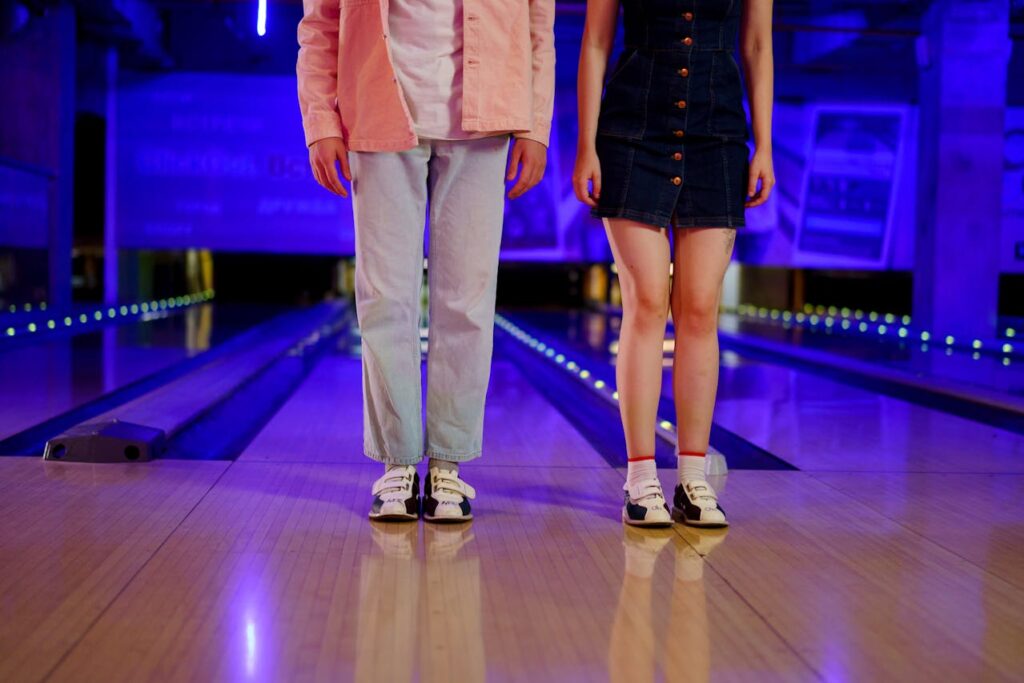
2. What Is Personal Colour Analysis?
Personal Colour Analysis is a professional assessment that identifies which colour palette best enhances your natural features. Typically divided into four main seasons — Spring, Summer, Autumn, and Winter — each palette contains tones that bring out the warmth, depth, or brightness of your complexion.
For instance:
- Spring: Warm and light tones — coral, peach, golden beige.
- Summer: Cool and soft tones — lavender, sky blue, rose pink.
- Autumn: Warm and deep tones — olive, rust, camel.
- Winter: Cool and bold tones — navy, emerald, black, pure white.
By aligning your clothing and makeup with your seasonal palette, you naturally look more vibrant — no drastic makeovers required.
3. The Link Between Colour and Confidence
Colour has a psychological impact on how we feel about ourselves. When you wear colours that harmonise with your natural features, your skin looks brighter, your eyes stand out, and your overall energy feels more balanced. This visual harmony directly translates into self-assurance.
In social settings, confidence attracts people. You communicate better, smile more genuinely, and engage more comfortably when you feel good about how you look. This is why colour analysis is often a silent confidence booster — it helps you look effortlessly put-together without trying too hard.
4. How Wearing the Right Colours Affects First Impressions
Research shows that first impressions are formed within the first 7 seconds of meeting someone. Colours can subconsciously influence emotions and perceptions, especially during first dates or social events.
Here’s how different colours are commonly perceived:
| Colour | Psychological Effect | Best For |
|---|---|---|
| Red | Passion, confidence, attraction | Romantic dates, evening events |
| Blue | Calmness, reliability, comfort | First meetings, casual dates |
| Pink | Warmth, kindness, approachability | Daytime outings |
| Green | Freshness, balance, growth | Outdoor or nature dates |
| Black | Power, mystery, sophistication | Formal dinners, classy venues |
| White | Purity, sincerity, simplicity | Coffee dates, brunch settings |
Choosing shades that flatter your skin tone within these colours enhances the psychological impact — making you appear naturally more confident and attractive.
5. Best Colours to Enhance Your Natural Features
Each skin undertone reacts differently to colours. Knowing your undertone helps you make smarter wardrobe choices:
- Warm undertones: Gold jewellery looks great; earthy shades like terracotta, mustard, or coral bring out your glow.
- Cool undertones: Silver jewellery suits you; opt for cool hues like lavender, cobalt blue, and fuchsia.
- Neutral undertones: You can balance both — try jade green, rose, and soft grey.
In Singapore’s multicultural mix, undertones vary widely — but one universal truth remains: the right colours make you look more awake, refreshed, and confident even without makeup.
6. Real-Life Scenarios: Colour and Attraction in Singapore’s Social Scene
Let’s apply this concept to real-life situations:
- First Date at a Café (Tiong Bahru / Dempsey): Soft tones like blush pink or baby blue project approachability and calm energy.
- Evening Dinner at Marina Bay Sands: Deep jewel tones such as emerald, burgundy, or navy exude elegance and confidence.
- Outdoor Event or Brunch: Light neutrals and pastel shades reflect sunlight beautifully and make you appear fresh and natural.
- Networking Event: Muted blues or cool greys show professionalism while maintaining warmth — ideal for casual mingling.
Singapore’s warm lighting and humid weather also make breathable fabrics and soft matte colours more flattering than glossy or heavy materials.
7. Tips for Choosing Date-Ready Outfits Based on Your Colour Season
Spring Palette
- Go for peach, coral, light turquoise, or ivory.
- Avoid heavy blacks or dark browns.
- Accessorise with gold or rose gold tones.
Summer Palette
- Choose pastels like powder blue, soft lilac, and rose pink.
- Avoid harsh contrasts like black and bright red.
- Stick to silver or white-gold accessories.
Autumn Palette
- Wear earthy shades — olive, burnt orange, camel, or rust.
- Avoid icy blues or cool greys.
- Complement with wooden or gold-toned accessories.
Winter Palette
- Bold colours like emerald, navy, or magenta shine best.
- Avoid warm yellows and oranges.
- Silver or platinum jewellery enhances your tone perfectly.
By knowing your palette, you can easily plan date outfits that enhance your natural glow and boost your self-confidence.
8. How to Apply Colour Analysis Beyond Clothing
Colour analysis doesn’t stop at outfits — it extends to makeup, hair colour, and even accessories.
- Makeup: Lipsticks and blush in your colour family make your complexion pop. For example, warm seasons look great in coral or peach, while cool seasons shine in rose or plum.
- Hair Colour: Choose tones that complement your undertone — golden highlights for warm, ash or cool browns for cool.
- Accessories: Scarves, watches, or even handbags in your palette subtly enhance your outfit’s harmony.
Consistency across these elements strengthens your overall image and makes you appear effortlessly coordinated.
9. Common Mistakes to Avoid
- Wearing trending colours that don’t suit you. Not every viral TikTok shade complements your undertone.
- Ignoring lighting. Singapore’s indoor warm lighting can distort how colours appear. Always check under natural light.
- Overusing neutrals. While safe, too many greys or blacks can dull your complexion.
- Mismatched makeup tones. Foundation or lipstick outside your undertone can clash with your clothes.
- Forgetting confidence. The best colour is one you feel powerful wearing — comfort amplifies charisma.
10. Conclusion
Personal Colour Analysis is a simple yet transformative tool for enhancing your dating and social confidence. In Singapore’s dynamic, image-conscious culture, understanding how colour works for you can set you apart instantly.
When your outfit complements your natural palette, it’s not just about looking good — it’s about feeling in control of how you present yourself. Whether you’re stepping into a first date, social event, or night out with friends, the right colours can help you radiate charm, authenticity, and confidence.
Your perfect colour isn’t about following fashion rules — it’s about revealing the best version of you.
